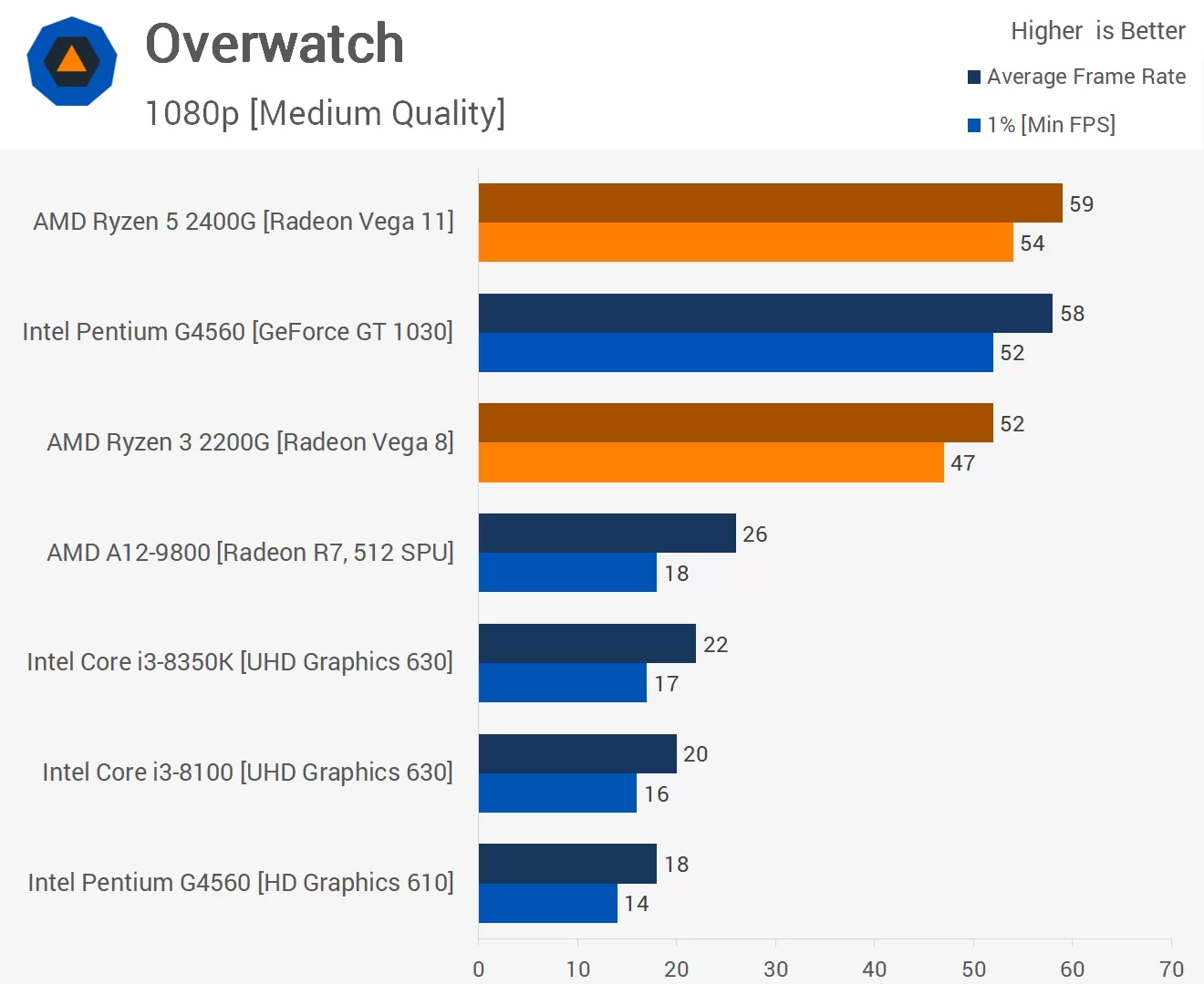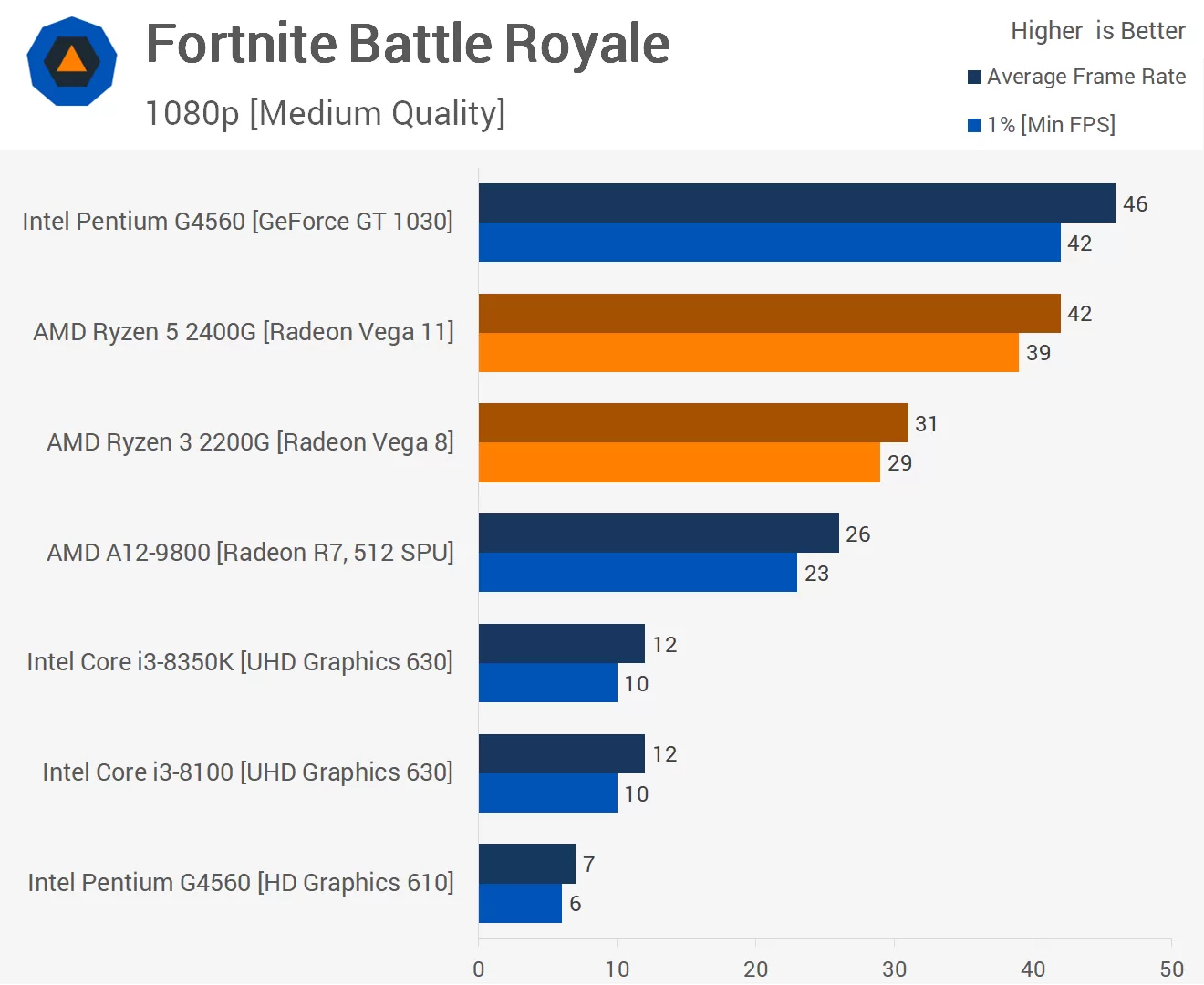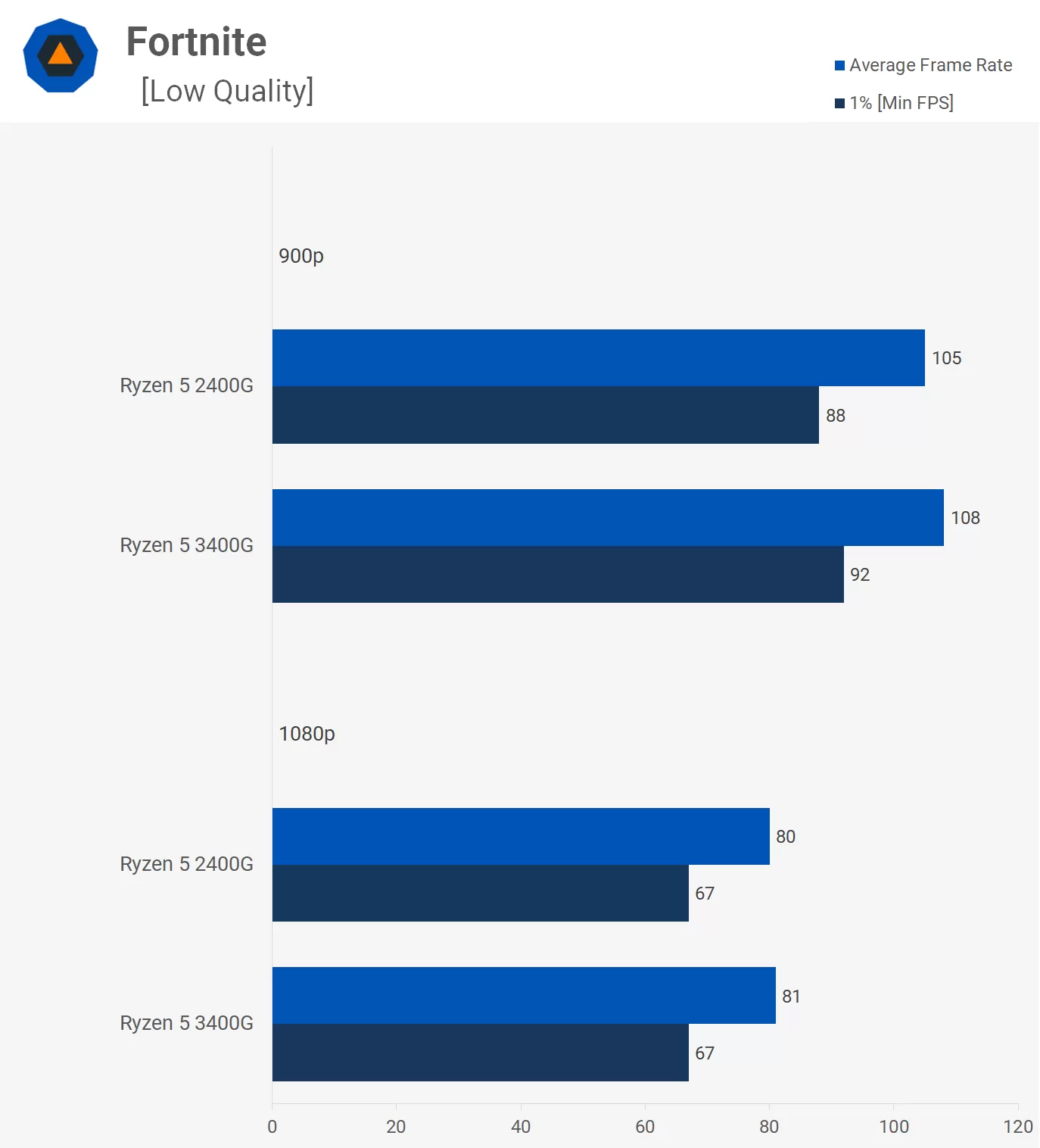You are using an out of date browser. It may not display this or other websites correctly.
You should upgrade or use an alternative browser.
You should upgrade or use an alternative browser.
AMD Ryzen 7 5700G APU leaks alongside 5900 and 5800 (non-X) CPUs
- Thread starter mongeese
- Start date
In the slide below, you can see an annotated die shot of the Renoir APU - I.e. the 4000 series:Thank You for the very detailed response. My understanding is that a CU is composed of shaders, TMUs and ROPs. I'm still not sure what to make of these responses. I don't know if your trying to say that die space is limited so much so that AMD cannot actually increase the number of CUs on the 5000 series of chips. Or if your saying that they could produce an APU with 16 CUs but it would not help because...... 16 x 64 SPs is 1024 shaders.

The GPU part of the chip is the orange block - each CU is a horizontal strip, so there are 8 in this die. The ROPs haven't been labelled but they lie in between the CU block and the I/O strip, in green, on the right. As you can see, space is a real premium in the APU die layout, and finding room for 16 CUs is a real challenge.
But the point I was making before, was that just increasing the CUs (which adds in more shaders and TMUs) and doing nothing else, won't make much of a difference. This is because the GPUs in APUs are mostly limited by the number of ROPs and the memory interface.
AMD's GPU architecture has the ROPs directly linked to the GPU's L2 cache, so they can't add more of one, without adding more of the other - and doing so requires more space. So increasing the CU count, but not the ROP and L2 cache, would result in little benefit - increasing all it absolutely would improve matters, but would then require a lot more die space.
Irata
Posts: 2,290 +4,004
The question is if AMD would sell enough of them to justify the new large die that would be needed. For sever with CDNA cores maybe, but consumer ?"65 W TDP"
A bit sad that they always target low end market.
I'd love to see a AMD APU at 150-200 W. That would actually challenge discrete GPUs.
What could make this happen are two things:
- Being able to combine CPU and GPU chiplets on one module linked via an IO die and IF 3
- higher entry level GPU prices make this more attractive in the market place
The latter is already happening, we may see the former soon enough.
P
punctualturn
It is 2021 and there is hardly anything with 4xxx series desktop APUs. I believe this APU will also be vaporware. It's a shame why isn't AMD using its prowess in the integrated graphics sphere for Desktops.
Hate to repeat the same, but stop trashing a company with lies.
It's "vaporware" because TMSC and the other foundries in the world aren't capable of fulfill the demand for chips, hence we are experiencing this shortage.
Yes, but you can already see that going from 8 CUs on 2200G to 11 CUs on 2400G gives virtually no benefit. This is because there's a massive bottleneck in the form of RAM bandwidth.Right. But I'm not talking about doubling the CUs on a 2200G. I'm talking about AMD doubling them up on an 5700 APU. They already give you 11 CUs on an Ryzen 2400G. Going up to 16 CUs on Zen 3 they should most certainly offer performance gains. But if you can go into a bit more details about why you think this would offer no performance improvements I'm all for learning something new. The max supported memory speed on the 2200G is 2933MHz. The 3000 series went up to a max of 3200MHz. I'm guessing the 5000 series would see a memory speed bump as well.
TheBigFatClown
Posts: 1,147 +537
Yes, but you can already see that going from 8 CUs on 2200G to 11 CUs on 2400G gives virtually no benefit. This is because there's a massive bottleneck in the form of RAM bandwidth.
Actually, I didn't know that. I guess I'll have to research that a bit. It raises the question in my head of why then would AMD even offer the product and charge a premium. There has to be some value in it for the price premium.
If your query pertains to why AMD charges notably more for the 2400G, compared to the 2200G, it's worth noting that the former has SMT (simultaneous multithreading) and clocks of 3.6/3.9 GHz, whereas the latter has no SMT and clocks of 3.5/3.7 GHz. Add in the bigger GPU and there are the reasons for the price difference.Actually, I didn't know that. I guess I'll have to research that a bit. It raises the question in my head of why then would AMD even offer the product and charge a premium. There has to be some value in it for the price premium.
For those particular APUs, some games are more sensitive to the difference than others, which was clear when we reviewed them both. Here are two such examples, the first showing little difference between the two:

And here, they're much further apart:

Overwatch is generally quite CPU-limited, whereas Fortnite is more bandwidth-limited. This is clearer to see in our Ryzen 5 3500G review:

As you can see, despite the 3400G's higher CPU and GPU clocks, it's essentially no faster in this game. That's because both APUs have the same memory system.
Similar threads
- Replies
- 4
- Views
- 231
- Replies
- 10
- Views
- 92
Latest posts
-
At least 32 Zotac RTX 5090 buyers at Micro Center find only backpacks inside the boxes
- captaincranky replied
-
Microsoft's own Xbox handheld is "essentially cancelled"
- gamerk2 replied
-
So... You Want to Become a Penetration Tester?
- VitalyT replied
-
PlayStation 5 price bump hits Europe, Australia, and NZ, Sony blames the economy
- Theinsanegamer replied
-
TechSpot is dedicated to computer enthusiasts and power users.
Ask a question and give support.
Join the community here, it only takes a minute.